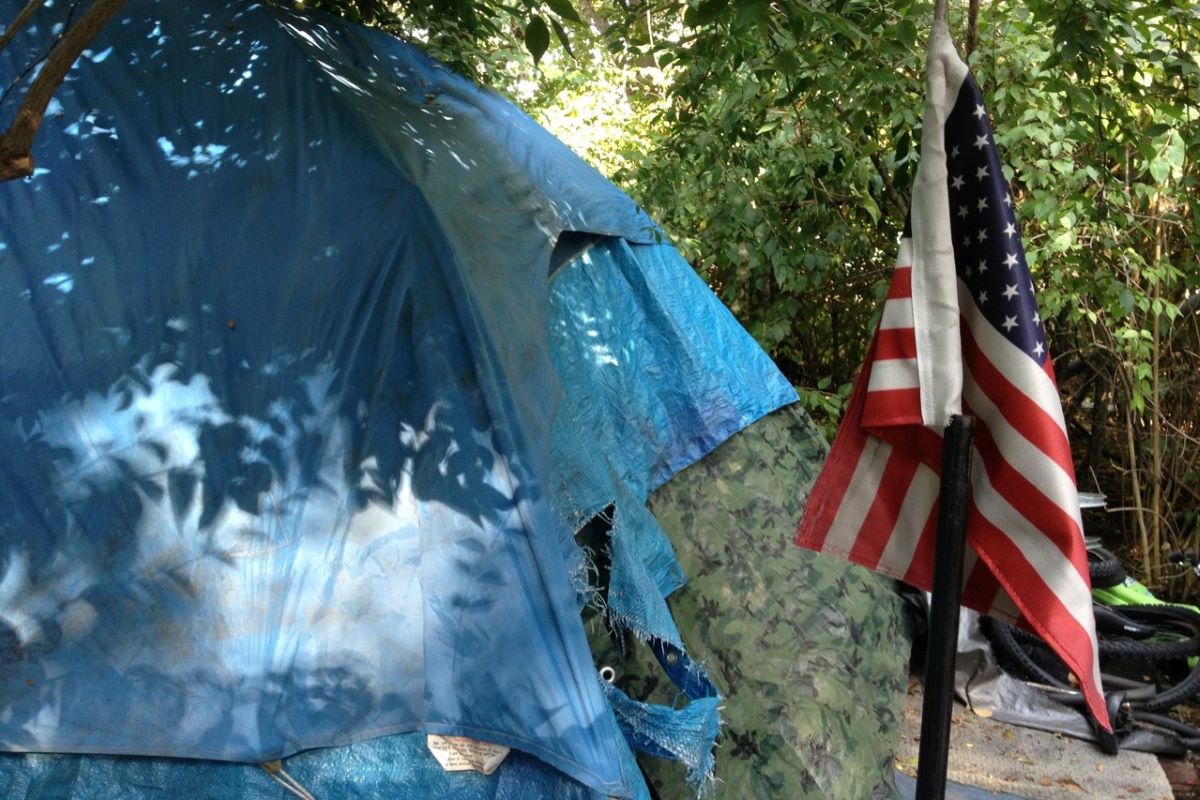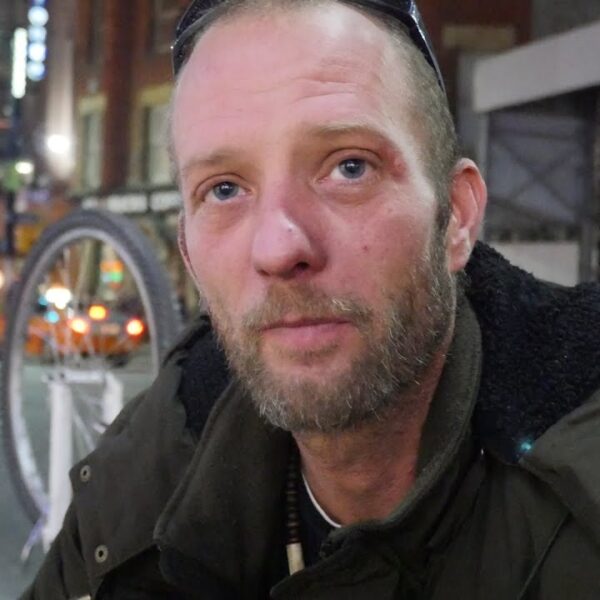Proof that homelessness is a housing issue abounds, particularly when you look at the numbers. One recent example can be seen in rural America, where increased eviction rates coincide with increased rates of homelessness, specifically between 2020 and 2022.
Homelessness Can Happen Anywhere
Imagery is a powerful thing. It can alter an entire nation’s mindset, causing people to see things as they have been presented by multimedia outlets rather than seeing things as they are. Few things exemplify this phenomenon quite like homelessness which has been branded deceptively by mainstream media and politicians.
Homelessness has been paraded before us as something that only happens due to poor choices, or something that only happens to people who are lazy or unemployed, or something that only happens to people in cities, and of course, as something that could never happen to us.
A bit of research proves that all of the above-listed assumptions are false.
Homelessness can happen to anybody, regardless of circumstance or employment status. Whether you live in a bustling city, a status-driven suburb, or a quiet rural town, homelessness can absolutely happen to you.
Today, we will look at the dramatic increase in homelessness that is silently wreaking havoc on rural America and note how a lack of affordable housing has played a vital role in fueling that crisis.
No Coincidences: Rural Homelessness Increases Alongside Rural Eviction Rates
According to the Daily Yonder, rural homelessness rose 6% in provincial regions of America between 2020 and 2022, despite the nationwide increase being significantly lower during that same time. Experts cite several contributing factors to the dilemma including:
- Higher healthcare costs
- Lower economic stability
- And the leading factor for homelessness across the board continues to be a lack of affordable housing
Jeff Olivet, executive director of the U.S. Interagency Council on Homelessness, told reporters that housing markets vary across different regions of rural America, making it challenging to identify a solitary root cause of the region’s homeless crisis.
“Every community is different. The housing markets are different, and the access to health care and behavioral health services are different. Wages, as compared to housing, are different. So, it’s likely that if you go to one rural part of the country, there might be one story to tell about the loss of economic opportunity and jobs to pay a livable wage. In another area, maybe there’s a dramatic increase in the cost of housing,” Olivet explained.
While many variables are at play, one glaring similarity cannot be ignored – the alarming rates by which rural residents are being evicted.
Rural Evictions Peaked This Summer, Exceeding Even Pre-Pandemic Era Levels
Since the end of the eviction moratorium, rural America has become one of the regions in the U.S. to struggle with astronomical eviction rates.
In July 2023, The Times Union reported that the number of evictions reached pre-pandemic rates and eventually exceeded rates from 2019. One eyewitness pointed out that food-insecure individuals and families in the Catskills seemed to be simply vanishing.
Like something out of an eerie thriller, the mystery in this small town is not a monster, a spaceship, or a wacky weather phenomenon. Instead, it is rental prices driving people out of town by the dozens, leaving behind them a sea of vacant apartment complexes and dilapidated housing units.
And unlike in big cities, where the lack of supply is mostly at lower income levels, rural communities like Sullivan County and its neighboring towns are short on every kind of housing – from inexpensive and modest apartments to lofty single-family homes and just about everything in between.
The limited housing supply is met with exceedingly high demand as corporate real-estate developers, hardworking locals, and out-of-state city dwellers seeking idyllic countryside vacation properties all vie for the same rundown and dwindling supply of homes.
Sadly, the utter lack of inventory is not only driving housing prices up but also driving rental rates through the roof and ultimately driving locals out of their hometowns and into homelessness. The increase in rental rates and evictions places much of its burden on available community funding. As a testament to this, government spending on emergency housing has more than doubled since 2017.
The Myth That Homelessness is Restricted to Urban Spaces Poses Unfathomable Obstacles for Rural Government Leaders
The myth that homelessness is an urban problem persists in public conversations. In turn, it even influences public policy. Speaking eloquently on the subject, Cornell University’s Director of Research Russel Weaver explained that while evictions often hit rural communities the hardest, they had fewer renter protection policies in place.
“So much of the eviction policy solution does focus on cities, especially downstate,” he explained. He also alluded to the fact that rural homelessness lacked funding and data.
This lack of funding means that people enduring homelessness in rural communities have fewer resources. Homeless services like shelters and outreach teams are scattered and difficult to obtain.
According to NPR, rural funding is so inadequate in the homeless sector that many regional leaders can’t even afford to quantify the problem, let alone present solutions. The problem is twofold. Renters lack the necessary protections to avoid becoming homeless through eviction, and people made homeless through eviction lack the necessary services to exit the dire situation.
Talk to Your Representatives About Increasing Tenant Rights in Rural Communities
With the prospect of work-from-home employment driving housing costs up in previously affordable rural communities, locals continue to be priced out of housing. As a result, rural homelessness is increasing, and evictions can only worsen.
Rural communities need stronger renter protections to thrive in this new environment. Please urge your representatives to consider rent control as a possible solution to the onslaught of evictions and, as always, to make housing a human right.













